Selective androgen receptor modulators (SARMs) should ONLY be used by men and women over 21 years old. SARMs are NOT meant for children, teenagers, and pregnant or nursing women.
SARMs may be banned by certain organizations so it’s your responsibility to perform due-diligence and ensure compliance. Consult your healthcare professional before using SARMs, especially if you have, or have a family history of, prostate cancer, prostate enlargement, heart disease, low “good” cholesterol (HDL), or if you are using any other dietary supplement, prescription drug, or over-the-counter drug.
Do not exceed the recommended serving and use SARMs at your own risk. This article and SARMs, are not intended to diagnose, treat, cure, or prevent any disease.
SARMs have been shown to increase muscle mass, bone mass, and fat loss without significant increases in estrogen or shutting down the Hypothalamic-pituitary-gonadal axis (HPG axis). As defined by Negro-Vilar, an ideal anabolic SARM is “orally active agent with once daily dosing and anabolic effects on muscle and bone, but no or lesser activity in the prostate.” [1]
In this article we will examine the history, mechanisms of action, benefits, and side effects of SARMs, popular SARMs, and SARM-like products. At the end of this article you should have a much better understanding of SARMs and be able to make a more informed decision as to whether SARMs are right for you.
Before we delve further in to this article, I want to provide you with a list and meaning of common acronyms and terms used when discussing SARMs.
- HPG axis – Hypothalamic-pituitary-gonadal axis. A term used to describe three glands in the endocrine system (hypothalamus, pituitary gland, and gonads) as one entity.
- LH – Luteinizing hormone. A hormone released by the pituitary gland. Too much or too little LH may result in infertility and other issues with sexual reproductive organs. [2]
- FSH – Follicle stimulating hormone. Hormone associated with reproduction and the development of eggs in women and sperm in men. [3]
- TP – Testosterone propionate. Testosterone derivative that is typically injected in to the muscles.
- DHT – Dihydrotestosterone. Sex steroid and androgen hormone synthesized from testosterone in the prostate, testes, hair follicles, and adrenal glands.[4]
- SHBG – Sex hormone-binding globulin. Binds tightly to testosterone, DHT, and estradiol; measured to determine if males have low testosterone and if females produce too much testosterone. [5]
- AST – Aspartate aminotransferase. An enzyme found in the blood that when high, may indicate liver damage. [6]
- ALT – Alanine aminotransferase. An enzyme found in the blood that when high, may indicate liver injury. [7]
- Aromatization – the process of converting a compound in to an active androgen or estrogen
- 5-alpha reductase – an important enzyme during the steroid metabolism process
- PSA – Prostate-Specific Antigen Test. A blood test measuring the amount of a specific protein produced by cells in the prostate gland; values below 4.0 ng/mL are considered healthy whereas values above 4.0 are recommended to get an in-depth prostate examination. [8]
- LPL – Lipoprotein lipase. An enzyme responsible for storing calories as fat. [9]
- BMD – Bone mineral density. The amount of mineral matter per square centimeter of bone; used as an indirect indicator of osteoporosis and bone fracture risk. [10]
- PCT – Post cycle therapy. Compounds used to restart natural testosterone production.
- ED50 – The median effective dose. This is the dose that produces the desired effect(s) in 50% of the population. [11]
- EB – Estradiol benzoate. A substance necessarily to maintain sexual behavior in rats during experiments. [12]
- PPARδ – Peroxisome proliferator-activated receptor delta. They play a critical role as lipid sensors and regulators of lipid metabolism (i.e. fat storing and burning). [13]
- AMPK – 5′ AMP-activated protein kinase. An enzyme playing a key role in energy homeostasis at the cellular level. AMPK activation can oxidize fatty acids, stimulate muscle glucose uptake, as well as inhibit cholesterol, fat cell, and triglyceride synthesis. [14]
- HDL – high-density lipoprotein. Also known as “good cholesterol”.
- VLDL – very-low-density lipoprotein. A subset of LDL, also known as “bad cholesterol”.
- AICAR – 5-Aminoimidazole-4-carboxamide ribonucleotide. Analog of adenosine monophosphate (AMP) that can stimulate AMPK.
- Estradiol – Form of estrogen. Small amounts are released by the testes in males to prevent sperm from dying too early and in women is plays a large role in the growth and development of the womb, fallopian tubes, vagina, and breasts. [15]
- Orchidectomized – Testes removed. Sometimes used as a more technical term for castrated males.
- Ovariectomized – Ovaries removed. Sometimes used as a more technical term for castrated females.
The Development of SARMsSARMs were discovered in the 1940s after researchers modified the chemical structure of the testosterone molecule. [16] These initial SARM compounds were derived from the testosterone molecule, so they’re considered steroidal, however pharmaceutical companies and other life science organizations are developing nonsteroidal SARMs. Specifically, Ligand Pharmaceuticals was the first company to develop cyclic quinolinones which later became the first series of compounds to be classified as nonsteroidal SARMS. [16]
In the past decade researchers have made great leaps in improving the oral bioavailability and decreasing the hepatic toxicity of these compounds. As previously mentioned, SARMs act on specific androgen receptors which are found in a number of key tissues throughout the body. Androgen receptors are found in the prostate, seminal vesicle, male and female genitalia, skin, testis, ovary, cartilage, sebaceous glands, hair follicles, sweat glands, cardiac muscle, smooth muscle, gastrointestinal vesicular cells, thyroid follicular cells, adrenal cortex, liver, pineal, and brain. [17]
One of the primary drivers of SARM development is the rising diagnosis of male hypogonadism, a condition in which the body doesn’t produce enough testosterone. Males may be born with this condition or develop it later in life due to injury, infection, or age-related deterioration. [18]Hypogonadism can contribute to muscle mass loss, fat gain, depression, and low libido.
Administering exogenous androgens can help to reverse hypogonadism by increasing circulating levels of the natural androgen receptor (AR) ligands testosterone (T) and DHT. Increasing these natural levels with SARMs can not only reverse or slow the aforementioned issues that come with hypogonadism, but could also be used to treat muscle-wasting and age-related deterioration conditions without negatively affecting the prostate.
Ideally, a SARM has an antagonist activity in the androgenic organ (prostate) and strong agonist activity in the anabolic organ (muscle and bone). [17] This means SARMs should positively affect muscle and bone and have little to no effect on the prostate.
- Top-down approach.
- Bottoms-up approach.
In a bottoms-up approach the researchers determine “the mechanisms of androgen action on the skeletal muscle and the prostate…identify signaling molecules that are downstream of androgen receptor and [determine] which activate pathways involved in skeletal muscle hypertrophy, but not the prostate.” [16] Based on these mechanisms of action the researchers design a SARM to act in those specific pathways.
Given the potential upsides are SARMs, you might be wondering why they aren’t being prescribed by medical professionals to patients. Although there are a number of SARMs in clinical trial, none have been advanced in to late-stage clinical trials (Phase IV), which has the goal of watching drug use in the general public and examining long-term effects.
The majority of studies on SARMs have been performed on rats. Some of which on castrated male rats, who have elevated LH and FSH levels compared to non-castrated rats. Researchers measure their muscle growth via the levator ani muscle (a broad and thin muscle located on the side of the pelvis), weigh the prostate of male rates, and measure bone formation and turnover rates.
Furthermore, regulatory approval has been slowed because of the additional requirements for proving efficacy and safety since SARMs are not aromatized or 5-alpha reduced. [16] Unlike testosterone derivatives, this means they’re not converted in to active androgen or estrogen compounds nor are they broken down during the steroid metabolism process.
A number of big pharmaceutical and life science companies are researching and developing SARMs, including but not limited to – GTx, Inc.; Bristol-Myers Squibb; Ligand Pharmaceuticals; Kaken Pharmaceuticals, Inc.; Johnson & Johnson; Merck; and GlaxoSmithKline.16 Although members of the fitness community use SARMs, many of these companies are developing SARMs to serve much larger populations – non-castrated aging adults and postmenopausal women. [1]These two audiences typically experience muscle mass loss, strength loss, fat gain, decreased mobility, and increased risk of bone fractures.
In January of 2008, the International Olympic Committee (IOC) added SARMs to its list of prohibited anabolic substances. [1] SARMs are also prohibited by major sporting organization like the National Collegiate Athletic Association (NCAA), World Anti-Doping Agency (WADA), as well as any organization who observes the list set-forth by WADA (e.g. various powerlifting, bodybuilding, CrossFit, and strongman federations).
SARMs aren’t just designed and meant for athletes; as previously discussed there are a slew of populations that could benefit from SARMs. Those with one or more of the following conditions could benefit from SARMs: muscle wasting disorders (e.g. sarcopenia, amyotrophic lateral sclerosis, and cystic fibrosis), sports injuries, burn injuries, weakness and/or body wasting due to cancer or HIV, and frailty and/or muscle atrophy as a result of the aging process. [1]
Although there are many drugs designed to improve the health of these populations, SARMs also have the unique benefit of being non-methylated and non-aromatized by the body, so they’re not toxic to the liver nor do they convert in to other active androgen or estrogen compounds. Liver toxicity and aromatization is a very serious concern when using pro-hormones and AASs. As you can see, SARMs benefit both chronically ill individuals as well healthy individuals looking to maximize quality of life.
The assessment of SARMs on living organisms, mainly rats, has shown that these compounds generally increase muscle mass without significantly affecting prostate weight. Dramatic shifts up or down in prostate weight can lead to a slew of health complications.
A few Phase I trials of SARMs in humans have been performed, which resulted in increases of 1.0-1.5kg of fat-free mass over a 4-6 week period. [16] Although these gains are modest, these studies looked at the effects of SARMs on people with muscle-wasting conditions. It would be interesting to see clinical research of the effects SARMs on athletes.
For comparison, the typical fat-free mass gain over a 4-6 week period dosing 300-600mg of testosterone enanthate per day is 5-7kg. [16] Keep in mind that the side effects of testosterone are much harsher than those of SARMs. Phase I and II clinical trials of 1st generation SARMs resulted in decreased HDL and SHBG as well as small and brief elevations in AST and ALT. [16]
Furthermore, SARMs have demonstrated the ability to minimize or prevent muscle trophy when muscles were immobilized in casts. [19] This is great news for athletes who work hard on the field and in the weight room to build muscle mass, strength, and power as SARMs may positively impact the recovery process.
Some SARMs also appear to activate AMPK, a mechanism involved in fat oxidation and lipolysis. Testosterone-derived compounds also increase muscle mass and decrease fat mass, but unlike these compounds SARMs do not significantly suppress LH and FSH level unless exceptionally high doses (3-4x the median effective dose) are administered. [1] This further supports the notion that SARMs may be safer long-term than testosterone-derived steroidal compounds.
Androgens appear to increase periosteal bone formation in cortical bone whereas estrogen compounds decrease or depress this formation. [20] In simpler terms, androgens help to build the dense and compact outer layer of the bone which helps to support the body, protect organs, store calcium, and provide levers for movement. [21] [22]
SARMs also appear to decrease endocortical and trabecular bone turnover. [19] A high bone turnover rate typically leads to cancellous bone loss, which is the spongy, softer, weaker, and more flexible bone found at the end of long bones, proximal to joints and within the interior of vertebrae. [23]
The fitness industry uses SARMs in many of the same ways as the general population – to increase muscle mass, maximize fat loss while preserving lean mass, as well as rehabilitate injuries via improved bone and muscle strength. However, some fitness enthusiasts use SARMs in between pro-hormone, AASs, and testosterone cycles for PCT or as an alternative to those three aforementioned compounds.
Although pro-hormones, AASs, and testosterone cycles can produce rapid and dramatic increases in muscle and strength, they’re extremely harsh on the body and often result in numerous, series side effects. These side effects include: expedited prostate cancer development, baldness, acne, excessive body hair growth, acne, male breast development (gynecomastia), high blood pressure, poor liver and cholesterol blood panels, heart growth, and elimination of natural testosterone production. [25]
It’s clear that using these substances should NOT be taken lightly as they could potentially ruin your quality of life forever. However, given the competitive nature of the fitness industry, fitness professionals may use SARMs, pro-hormones, AASs, testosterone, or a number of many other substances to look and perform their best.
Popular SARMsIn this section we will examine popular SARMs, their effects, and dosing protocols. After reading this section you should have a better understand of the differences between SARMs, how SARMs work, and which SARMs stack well together.
Andarine (S-4, GTx-007)Andarine is an orally active nonsteroidal SARM developed by GTx, Inc. Researchers found that S-4 is tissue-selective, stimulates the anabolic organs more than the androgenic organs, doesn’t significantly suppress LH or FSH, doesn’t increase estradiol levels, and elicits similar or greater anabolic activity compared to TP. [26][27] This means that S-4 can increase muscle and bone mass without affecting the prostate.
Complications involving the prostate are a serious risk when injecting testosterone derivatives like TP. Although Andarine binds to androgen receptors 33% as effectively effectiveness of testosterone, a 3mg/kg/dosage of S-4 can build muscle mass and strength in castrated male rats.[27]
The primary use of Andarine in the fitness industry is during a fat loss phase. Andarine accomplishes this goal by decreasing LPL and some users even report an increase in muscle mass and decrease in water retention while using this compound. [27] Based on these findings and reports, Andarine appears to be an excellent compound for maximizing fat loss while preserving or slightly increasing muscle mass.
However, Andarine does come with two very serious side effects when dosed at 50+mg per day – suppression of the HPG axis and vision disturbances (night-time blindness and/or a yellowish tint in vision). [27] Although most users report that these issues are temporary and quickly subside after they cycle off Andarine. Nonetheless, it’s extremely important that you approach Andarine and ALL SARMs with CAUTION. These compounds are extremely strong and only meant for those who have extensively researched and considered the costs and benefits.
The chart below outlines dosing recommendations based on your goal; all daily dosages should be split in to multiple sub-doses during the day (due to a short half-life of the compound) and run on a 5 days on/2 days off protocol to minimize vision side effects: [27]
Ostarine is an orally active nonsteroidal SARM developed by GTx, Inc. A 12-week double-blind, placebo-controlled phase II clinical trial on 120 healthy elderly men (60+ years old) and postmenopausal women showed that Ostarine significantly increased lean body mass, improved physical function, and improved/increased insulin sensitivity. [29]
In the fitness industry users typically take Ostarine during bulking and recomposition phases. During bulking phases some users report 7lb increases in lean body mass in just 8 weeks and users report decreased fat mass and slight increases in muscle and strength (most likely due to the compound’s nutrient partitioning effects). [30]
A compound that offers both fat loss, muscle gain, and strength gain benefits sounds extremely appealing to athletes looking to take their performance to the next-level. However, Ostarine does have two significant side effects – HPG axis suppression and elevated estradiol levels; both of which users report can be remedied with a 3-week PCT. [27] [30] If you do decide to take Ostarine, it’s extremely important that you follow the directions on the label and perform the PCT to mitigate further, more serious side effects.
The chart below outlines dosing recommendations based on your goal; all dosages can be taken one per day (due to a 24-hour half-life) and don’t require an intra-week cycling protocol like Andarine: [30]
Ligandrol is an orally active nonsteroidal SARM developed by Ligand Pharmaceuticals that has completed Phase I clinical trials which involved multiple ascending doses in healthy volunteers.[31]
According to the National Institute of Health’s U.S. National Library of Medicine, in Phase I clinical trials “Researchers test a new drug or treatment in a small group of people for the first time to evaluate its safety, determine a safe dosage range, and identify side effects.” [32] These clinical trials showed that humans could safely tolerate up to 22mg/day of this compound for 14 consecutive days; this compound contributed to increases in lean body mass, decreases in fat mass, increases in strength, as well as an increases in senses of well-being. [31]
Ligandrol also appears to decrease bone turnover rate, which appeals to those with osteoporosis.[33] Based on these findings, it appears that LGD-4033 is an excellent SARM for bulking, cutting, recomposition, or strength-gain phases.
The chart below outlines dosing recommendations based on your goal; all dosages can be taken one per day and don’t require an intra-week cycling protocol like Andarine: [31]
Tiger Fitness offers three products designed for PCT – Finaflex Revolution PCT, Lecheek AD-3 PCT, and Athletic Xtreme Advanced PCT. If a PCT is performed correctly, it should jump-start your body’s natural production of testosterone and bring those values back in to the normal range.
AC-262,356AC-262,356 is an orally active nonsteroidal SARM developed by Acadia Pharmaceuticals that produces anabolic effects roughly 66% as strong as testosterone and has a potency of about 27% as an androgen. [35] This means the compound doesn’t significantly affect the weight of the prostate and seminal vesicle.
A two week study on castrated male rats found that this compound increases muscle mass, as measured by levator ani growth, and decreased elevated LH levels. [35] Elevated LH levels can indicate poorly functioning testes in males and an imbalance of sex hormones in females. [36]
These findings indicate that this compound can is beneficial for both increasing muscle mass and regulating some hormones.
JNJ-28330835JNJ-28330835 is an orally active nonsteroidal SARM that appears to stimulate muscle growth and decrease prostate weight. When dosed at 10mg/kg, it maximized muscle growth in lab rats but also decreased prostate weight an average of 30%. [37] However, a study on rats found that this compound was actually prostate sparing. [37]
Based on this conflicting information, it’s probably safe to say that this compound affects the prostate to a degree, but the exact degree is unknown.
This compound prevented half of the average loss of lean body mass in rats who underwent a procedure to remove their testicles and in aged orchidectomized rats, this compound restored roughly 30% of lost lean mass. [37] Although I’m sure you’re not planning to remove your testicles any time soon, these findings suggest that using this compound can help to minimize lean mass loss or even restore lean mass as you age and anabolic markers such as testosterone decrease.
Furthermore, this compound increased sexual desire in ovariectomized female rats and appears to reduce bone turnover. [37] Increased sexual desire is never a bad thing and can be particularly beneficial as you age and libido tends to decrease. Bone turnover is “the total volume of bone that is both resorbed and formed over a period time”. [38] Bone turnover should ideally be neither too high nor too low, so changing this rate could lead to additional health complications.
LGD-2226LGD-2226 is an orally active nonsteroidal SARM that has been shown to increase muscle mass, strengthen bones, and improve sexual function in male rats without significantly affecting prostate size. [39] During a 4-month treatment period using this compound on mature orchidectomized male rats, researchers found that LGD-2226 prevented bone loss and maintained bone formation via two pathways – increasing the bone formation rate and decreasing the bone turnover rate. [40]
Many other drugs and treatment options only target one of the pathways. This study also confirmed prior studies’ findings that this compound increases muscle mass and libido. [40]
There’s not a lot of research on this particular SARM, but given the benefits observed thus, it may be categorized as an ideal anabolic SARM plus have the added benefit of improving sexual function. More research is needed on this compound in both non-human and human models.
The same researchers also dosed this compound two different ways, orally and continuous infusion, and found in both instances that the compound significantly increased muscle activity but was found in higher concentrations in the prostate. [41] It’s surprising that despite higher concentrations of the compound in the prostate, the muscles actually responded and grew in size, rather than the androgenic organs.
S-40503S-40503 is an orally active nonsteroidal SARM that can increase BMD and increase muscle mass to the same extent as DHT but without impacting prostate weight. Researchers arrived at these findings after they administered the compound to orchidectomized rats for 4 weeks. [20] Based on these findings, S-40503 appears to be an ideal anabolic SARM.
Furthermore, the rats receiving only DHT experienced a 150% increase in prostate weight. [20]Increased prostate weight can lead to urination issues and sometimes indicate the development of prostate cancer. When this compound was administered to ovariectomized mature female rats for 2 months, researchers found it increased BMD and the biomechanical strength of cortical bone in the femur. [20]
These findings show that the effects of S-40503 on bone is applicable to both males and females. Rats treated with only estrogen, a hormone used to prevent or minimize bone breakdown (resorption), did not positively affect BMD or cortical bone strength. [20]
S-40503 appears to be particularly beneficial for those looking to increase bone mass, density, and strength and more research is needed on impact to muscle mass.
S-23S-23 is an orally active nonsteroidal SARM with high binding affinity to androgen receptors that appears to increase muscle mass, decrease fat mass, decrease prostate size, and act as an effective and reversible hormonal male contraceptive in rats. The ED50 in castrated male rats for decreasing prostate weight and increasing muscle mass was 0.43mg/day and 0.079mg/day, respectively. [12] Assuming the rat weighs 550 grams and adjusting values are adjusted for a 180lb male, the dosages would be about 63.5mg and 11.75mg per day, respectively.
Researchers found that treating non-castrated male rats for 14 days with 0.1mg/day or more of this compound, decreased LH levels by 50+%, significantly decreased prostate size, and significantly increased levator ani muscle size. [12] Although the increased muscle growth is a positive sign, the decreased LH levels and prostate size is a big red flag.
S-23 was also found to increase BMD, and reduce fat mass in lab rats. [12] This SARM is particularly unique because of its potential as a contraceptive. When non-castrated male rats were treated with 0.1mg/d of S-23 and EB for 10 weeks, LH and FSH levels decreased, 4 of the 6 male rats had no sperm in the testis, and none of the six rat couples experienced pregnancies during mating trials. [12]
Translated to 180lb male at a 1:1 dosage, this would be the equivalent of about 14.9mg/day. Furthermore, 100 days after treatment ceased, the infertility was fully reversed and the six rat couples experienced a 100% pregnancy rate. [12] These findings are absolutely incredible and could change the birth control industry as we know it; however, more clinical testing is needed on humans and further processing is needed to minimize or eliminate side effects.
Cardarine (GW-501516)GW-501516 is discussed last in this section because it’s often mislabeled as a SARM. Cardarine is a selective activator which binds to PPARδ receptors rather androgen receptors. Cardarine acts on a different pathways but its effects are equally as impressive as SARM compounds. Cardarine activates AMPK, which is responsible for oxidizing fatty acids and stimulating muscle glucose uptake.
Researchers found that administering this compound helped to reverse metabolic abnormalities in pre-diabetic obese men with metabolic syndrome. [42] With more than 33% of the adult population and 16.7% of the child (ages 6-19) population in the United States considered to be obese, this compound could be a key element in controlling this crisis. [43]
Further examination on rats and monkeys showed that this compound not only helped to burn fat and build muscle, but it also eliminated the occurrence of diet-induced obesity and Type II Diabetes, increased HDL, and lowered VLDL. [42] This compound has a number of impressive upsides, but it does have one potential, serious, downside. When Cardarine is administered in excessively high doses in rats over a relatively long period of time, the compound may cause cancer. [42]
A few studies arrived at this finding while others show that Cardarine is completely harmless – it doesn’t suppress key hormones, it’s not toxic, nor does it cause the typical side effects seen with use of SARMs and AASs. Although Cardarine is not technically a SARM, it’s still prohibited at all times by the World Anti-Doping Agency (WADA) and IOC because it’s considered a metabolic modulator that activates AMPK. [44]
In the fitness community, this compound is most commonly used to improve exercise endurance and assist in fat loss. While dosing 10mg/day of Cardarine in 8 week cycles appears to be effective for dramatically increasing both aerobic and anaerobic endurance, stacking Cardarine with AICAR appears to magnify these effects to a greater degree. [42]
Increasing endurance via cardiovascular training can improve intra-set recovery during weight training sessions. [45] Improved recovery means you’ll be able to train at a higher volume, more frequently, and/or more intensely. To assist in fat-loss and preserve muscle mass, users dose Cardarine 10-20mg per day and may stack with Ostarine and Andarine during an 8-week cycle. [42]
As with any supplement, start with the minimum recommended dose and adjust accordingly based on your response.
Applied Nutriceuticals offers RPM, which includes a phytochemical/plant-derived “P-SARM Synthase AI Complex” in a proprietary blend of 344mg per capsule. Active ingredients in this blend include: L-Arginine Base, Grape Seed Extract (95% Proanthocyandins), Epimedium Grandiflorum (as 20% Icariin), and Citrus Paradisi Macfaydven (As 98% Naringin).
The suggested dose, based on your bodyweight, should be taken 1 hour pre-workout. Those weighing less than 140lbs – 1 capsule; 140-160lbs – 2 capsules; 160-180lbs – 3 capsules, 180-220lbs – 4 capsules, 220lbs+ – 5 capsules.
At a price of $54.99 for 240 capsules, this product offers between 240 and 48 servings per bottle.
LG Sciences offers 6-Mass, which includes 25mg of 6-keto-pregn-4-ene-3,20-dione listed as an “Anabolic Hormone” and a 382mg proprietary blend comprised of D-Aspartic Acid (Aspartate), Ginger Extract (root), Grapefruit Extract (fruit), Stinging Nettle (root), and Piperine 90%. The suggested dose is 3 tablets per day in divided doses 30 minutes before each meal with 12 ounces of water for up to 8 weeks.
According to LG Sciences, more advanced users can take up to 6 tablets per day and cycles can last up to 120 days without side effects. However, for those choosing to use 6-Mass for 120 days, a 4 week cycle-off is strongly advised. At a price of $52.99 for 90 capsules, this product offers between 15 and 30 servings per bottle.
It’s the author’s recommendation that if you’re going to experiment with SARMs, then you should purchase actual SARMs rather than SARM-like products. Some SARMs have actually been tested in a clinical setting whereas SARM-like products may be a proprietary blend of ingredients not required to be inspected by the FDA.
Now that you’ve been armed with a slew of information on SARMs, I encourage you to perform your due-diligence and determine if SARMs are right for you. They could be just want to you need to increase muscle mass, decrease fat mass, and strengthen your bones! If you have any questions, comments, or firsthand experiences with SARMs, let me know is the comment section below.
2) “You & Your Hormones | Hormones | Luteinising Hormone.” You & Your Hormones | Home. N.p., n.d. Web. 18 Aug. 2015.
3) “FSH: The Test | Follicle-stimulating Hormone;FSH Test: Follicle-stimulating Hormone | Lab Tests Online.” Blood, Urine & Other Lab Tests Education | Lab Tests Online. N.p., n.d. Web. 18 Aug. 2015.
4) “Dihydrotestosterone – Glossary Entry.” Genetics Home Reference. N.p., n.d. Web. 18 Aug. 2015.
5) “SHBG: The Test | Sex Hormone Binding Globulin.” Blood, Urine & Other Lab Tests Education | Lab Tests Online. N.p., n.d. Web. 18 Aug. 2015.
6) “AST: The Test | Aspartate Aminotransferase; AST Test: Aspartate Aminotransferase; SGOT; GOT; Serum Glutamic-Oxaloacetic Transaminase; Aspartate Transaminase | Lab Tests Online.” Blood, Urine & Other Lab Tests Education | Lab Tests Online. N.p., n.d. Web. 18 Aug. 2015.
7) “ALT: The Test | Alanine Aminotransferase; ALT Test: Alanine Aminotransferase; SGPT; GPT; Serum Glutamic-Pyruvic Transaminase; Alanine Transaminase | Lab Tests Online.” Blood, Urine & Other Lab Tests Education | Lab Tests Online. N.p., n.d. Web. 18 Aug. 2015.
8) “Prostate-Specific Antigen (PSA) Test.” National Cancer Institute. N.p., n.d. Web. 18 Aug. 2015.
9) “Tissue-specific Responses of Lipoprotein Lipase to Dietary Macronutrient Composition As a Predictor of Weight Gain over 4 Years. – PubMed – NCBI.” National Center for Biotechnology Information. N.p., n.d. Web. 18 Aug. 2015.
10) “Bone Mineral Density Test: MedlinePlus Medical Encyclopedia.” National Library of Medicine – National Institutes of Health. N.p., n.d. Web. 18 Aug. 2015.
11) “Basic_principles_of_pharm [TUSOM | Pharmwiki].” TMedWeb | Tulane University School of Medicine Medical Student Portal. N.p., n.d. Web. 18 Aug. 2015.
12) “Preclinical Characterization of a (S)-N-(4-Cyano-3-Trifluoromethyl-Phenyl)-3-(3-Fluoro, 4-Chlorophenoxy)-2-Hydroxy-2-Methyl-Propanamide: A Selective Androgen Receptor Modulator for Hormonal Male Contraception: Endocrinology: Vol 150, No 1.”Endocrine Society Journals and Publications. N.p., n.d. Web. 18 Aug. 2015.
13) “The Mechanisms of Action of PPARs. – PubMed – NCBI.” National Center for Biotechnology Information. N.p., n.d. Web. 18 Aug. 2015.
14) “AMP-activated Protein Kinase, a Metabolic Master Switch: Possible Roles in Type 2 Diabetes. – PubMed – NCBI.” National Center for Biotechnology Information. N.p., n.d. Web. 18 Aug. 2015.
15) “Estradiol Blood Test: MedlinePlus Medical Encyclopedia.” National Library of Medicine – National Institutes of Health. N.p., n.d. Web. 18 Aug. 2015.
16) Bhasin, Shalender, and Ravi Jasuja. “Selective Androgen Receptor Modulators (SARMs) as Function Promoting Therapies.” Current opinion in clinical nutrition and metabolic care 12.3 (2009): 232–240. PMC. Web.
17) “Design, Synthesis, and in Vivo SAR of a Novel Series of Pyrazolines As Potent Selective Androgen Receptor Modulators – Journal of Medicinal Chemistry (ACS Publications).” ACS Publications Home Page. N.p., n.d. Web. 18 Aug. 2015.
18) “Male Hypogonadism – Mayo Clinic.” Mayo Clinic. N.p., n.d. Web. 18 Aug. 2015.
19) International Society of Musculoskeletal and Neuronal Interactions. N.p., n.d. Web. 18 Aug. 2015.
20) Hanada, Keigo, et al. “Bone Anabolic Effects of S-40503, a Novel Nonsteroidal Selective Androgen Receptor Modulator (SARM), in Rat Models of Osteoporosis.” Biological and Pharmaceutical Bulletin. N.p., Nov. 2003. Web. 14 Aug. 2015.
21) Netter, Frank H. (1987), Musculoskeletal system: anatomy, physiology, and metabolic disorders. Summit, New Jersey: Ciba-Geigy Corporation ISBN 0-914168-14-2
22) “Compact Bone – National Library of Medicine.” PubMed Health. N.p., n.d. Web. 18 Aug. 2015.
23) “Cancellous Bone Definition | Back Pain and Neck Pain Medical Glossary.” Spine-health. N.p., n.d. Web. 18 Aug. 2015.
24) “Osteoporosis – Mayo Clinic.” Mayo Clinic. N.p., n.d. Web. 18 Aug. 2015.
25) “Selective Androgen Receptor Modulators (SARMS).” Evolutionary.org. N.p., n.d. Web. 18 Aug. 2015.
26) “Pharmacodynamics of Selective Androgen Receptor Modulators.” Journal of Pharmacology and Experimental Therapeutics. N.p., n.d. Web. 18 Aug. 2015.
27) “Andarine (S-4).” Evolutionary.org. N.p., n.d. Web. 18 Aug. 2015.
28) “Selective Androgen Receptor Modulator (SARM) Treatment Prevents Bone Loss and Reduces Body Fat in Ovariectomized Rats – Springer.” Home – Springer. N.p., n.d. Web. 18 Aug. 2015.
29) Bhasin, Shalender, and Ravi Jasuja. “Selective Androgen Receptor Modulators (SARMs) as Function Promoting Therapies.” Current opinion in clinical nutrition and metabolic care 12.3 (2009): 232–240. PMC. Web.
30) “Ostarine (MK-2866).” Evolutionary.org. N.p., n.d. Web. 18 Aug. 2015.
31) “What is LGD-4033?” Evolutionary.org. N.p., n.d. Web. 18 Aug. 2015.
32) “FAQ: ClinicalTrials.gov – Clinical Trial Phases.” National Library of Medicine – National Institutes of Health. N.p., n.d. Web. 18 Aug. 2015.
33) “Examining the SARM LGD-4033 | IronMag™ Bodybuilding & Fitness Portal.” IronMagâ„¢ Bodybuilding & Fitness Portal. N.p., n.d. Web. 18 Aug. 2015.
34) “Pharmacological and X-Ray Structural Characterization of a Novel Selective Androgen Receptor Modulator: Potent Hyperanabolic Stimulation of Skeletal Muscle with Hypostimulation of Prostate in Rats: Endocrinology: Vol 148, No 1.” Endocrine Society Journals and Publications. N.p., n.d. Web. 18 Aug. 2015.
35) “Pharmacological Characterization of AC-262536, a Novel Selective Androgen Receptor Modulator.” ScienceDirect.com | Science, Health and Medical Journals, Full Text Articles and Books. N.p., n.d. Web. 18 Aug. 2015.
36) “Luteinizing Hormone (LH) Blood Test: MedlinePlus Medical Encyclopedia.” National Library of Medicine – National Institutes of Health. N.p., n.d. Web. 18 Aug. 2015.
37) “A Selective Androgen Receptor Modulator with Minimal Prostate Hypertrophic Activity Enhances Lean Body Mass in Male Rats and Stimulates Sexual Behavior in Female Rats – Springer.” Home – Springer. N.p., n.d. Web. 18 Aug. 2015.
38) Parfitt AM. Bone. 2004; 35(1):1-3
39) “An Orally Active Selective Androgen Receptor Modulator is Efficacious on Bone, Muscle, and Sex Function with Reduced Impact on Prostate. – PubMed – NCBI.” National Center for Biotechnology Information. N.p., n.d. Web. 18 Aug. 2015.
40) “Novel, Non-steroidal, Selective Androgen Receptor Modulators (SARMs) with Anabolic Activity in Bone and Muscle and Improved Safety Profile. – PubMed – NCBI.” National Center for Biotechnology Information. N.p., n.d. Web. 18 Aug. 2015.
41) Vajda, Eric G., et al. “Pharmacokinetics and Pharmacodynamics of LGD-3303 [9-Chloro-2-ethyl-1-methyl-3-(2,2,2-trifluoroethyl)-3H-pyrrolo-[3,2-f]quinolin-7(6H)-one], an Orally Available Nonsteroidal-Selective Androgen Receptor Modulator.” Journal of Pharmacology and Experimental Therapeutics. N.p., Feb. 2009. Web.
42) “GW-501516 Facts.” Evolutionary.org. N.p., n.d. Web. 18 Aug. 2015.
43) “Overweight and Obesity Statistics.” National Institute of Diabetes and Digestive and Kidney Diseases (NIDDK). N.p., n.d. Web. 18 Aug. 2015.
44) “Prohibited Substances | List of Prohibited Substances and Methods.” English. N.p., n.d. Web. 18 Aug. 2015.
45) “Avoiding Cardio Could Be Holding You Back • Strengtheory.” Strengtheory. N.p., n.d. Web. 18 Aug. 2015.
Bio: When it comes to fitness I enjoy reading about historic weight lifters, non-conventional weightlifting approaches, nutritional protocols, and the science behind supplements.
View ALL articles by : NickLudlow


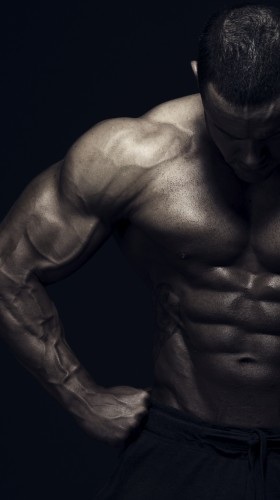
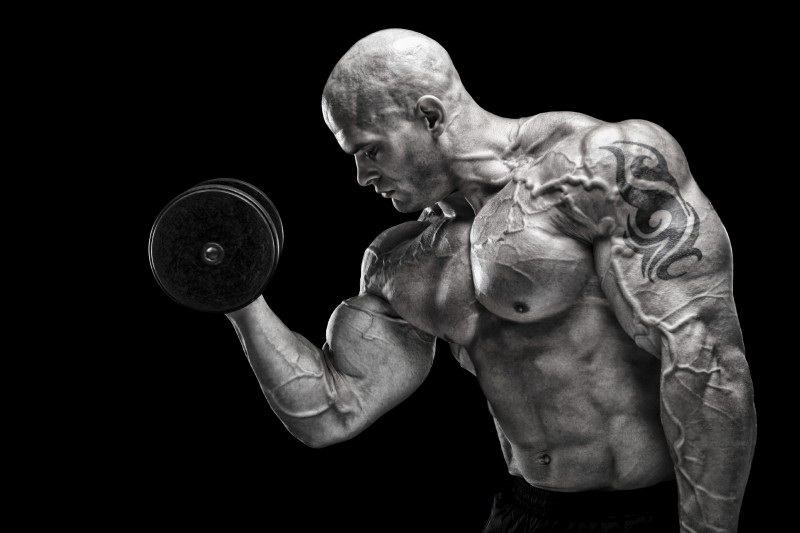
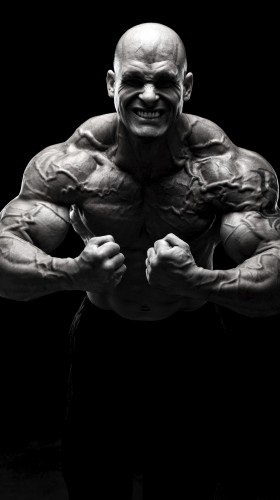
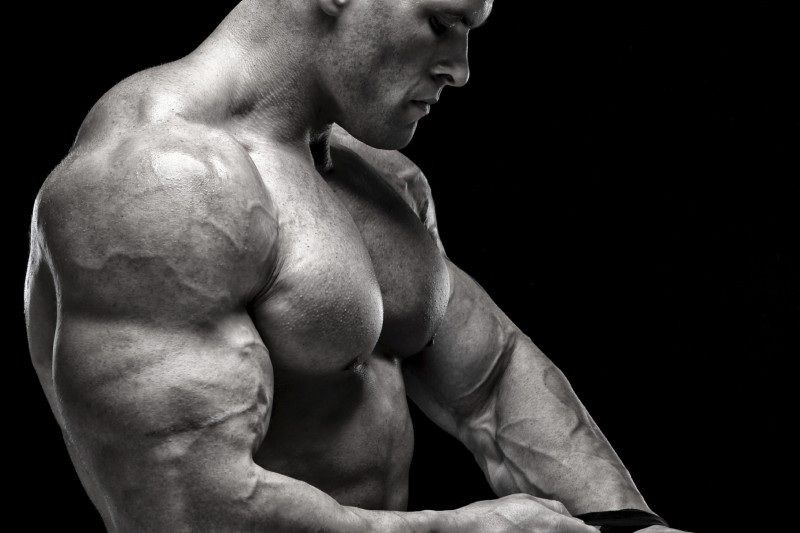
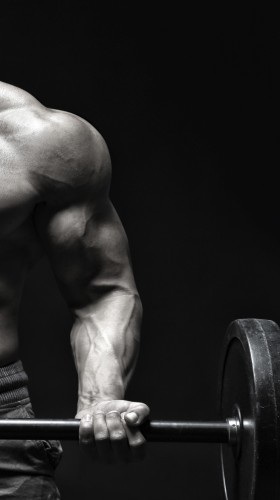

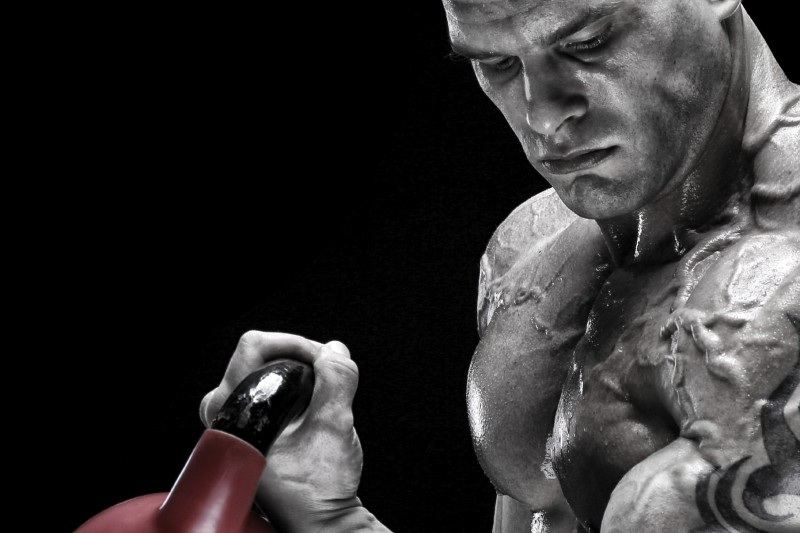
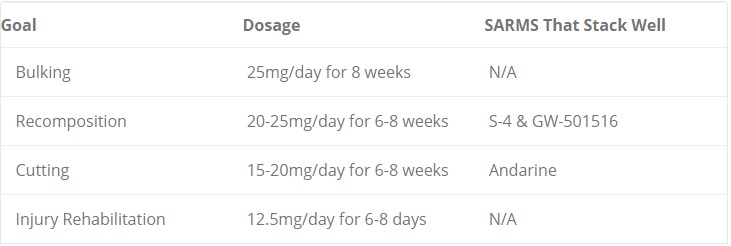

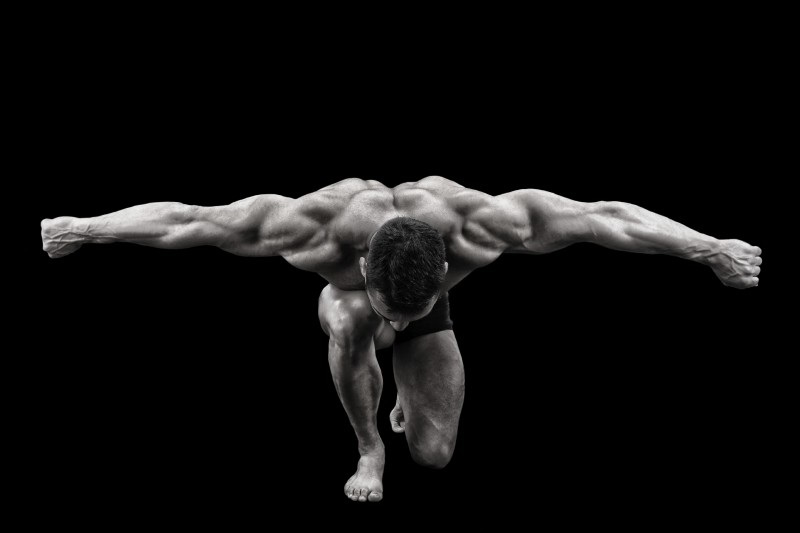
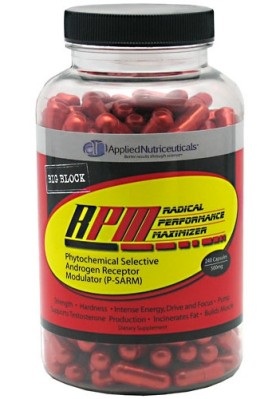
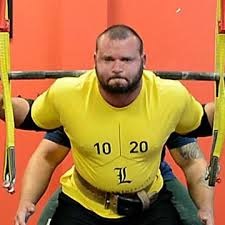
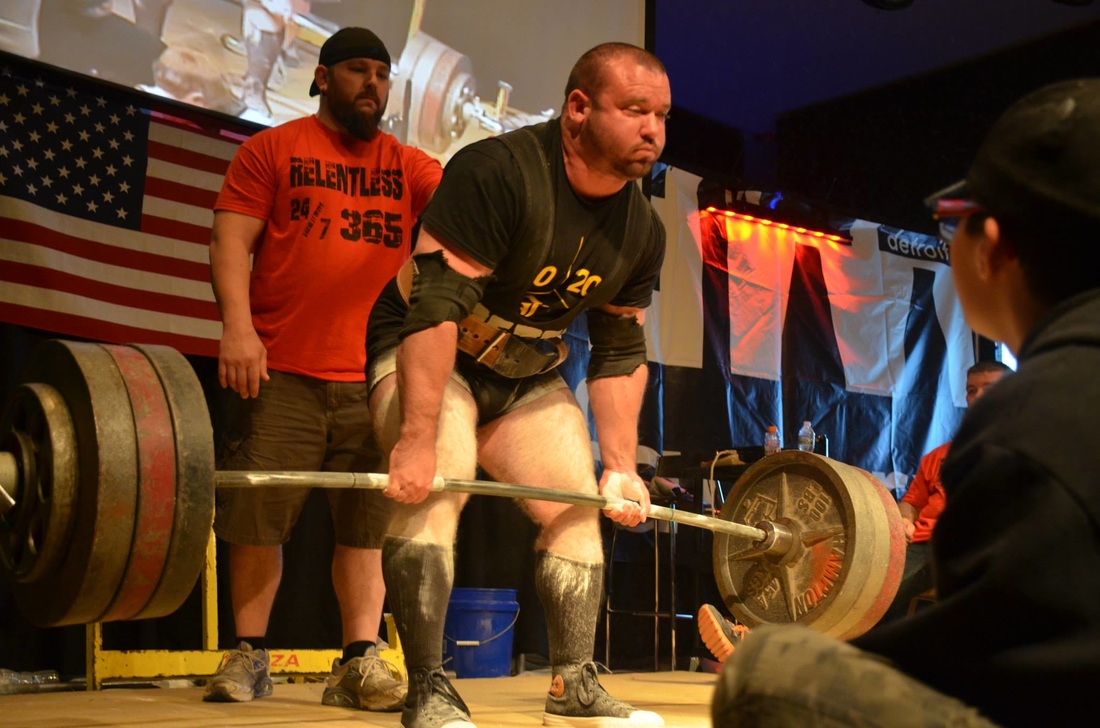
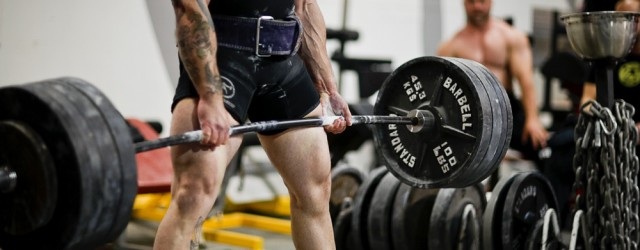
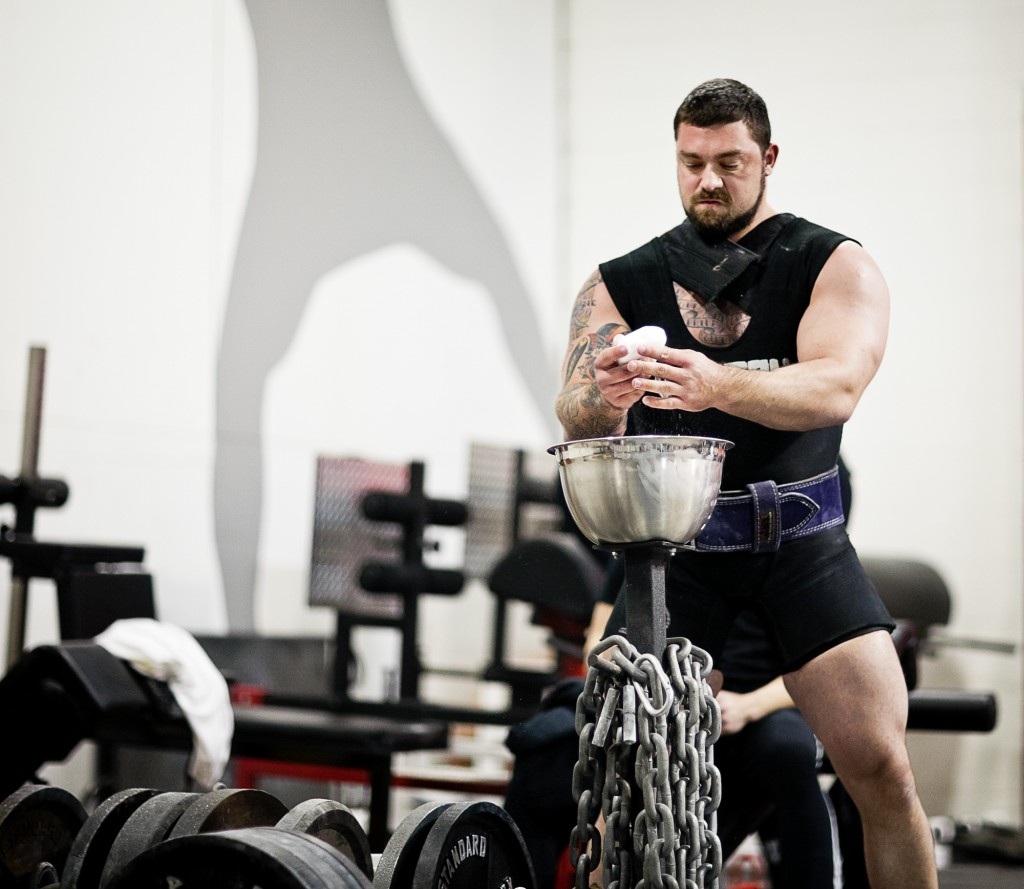
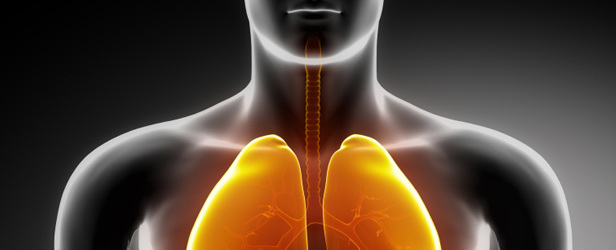
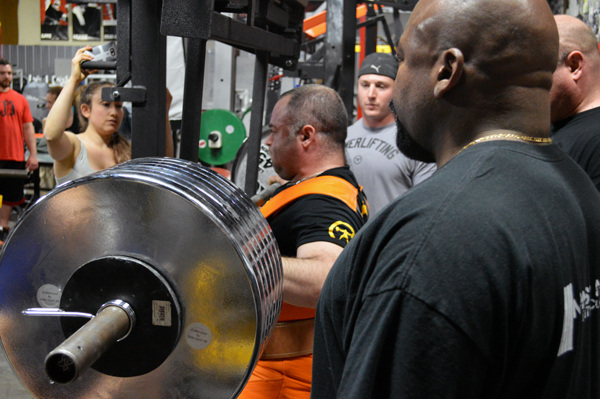
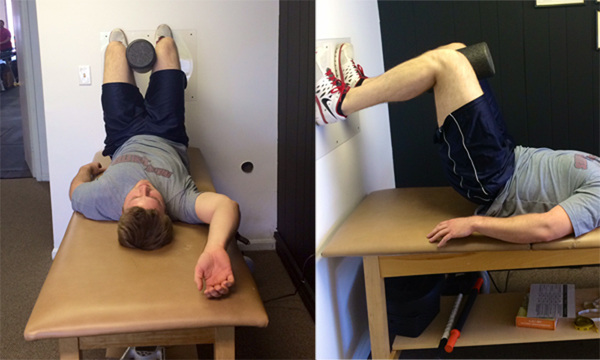
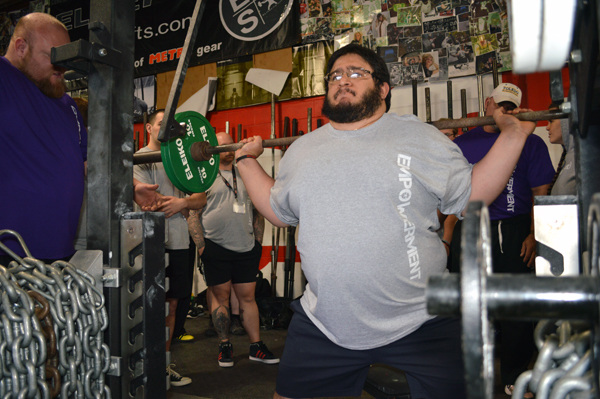
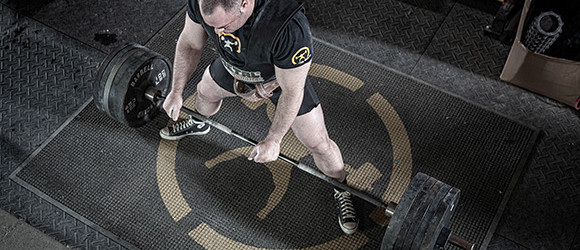
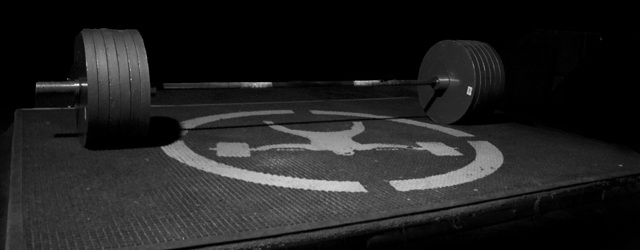
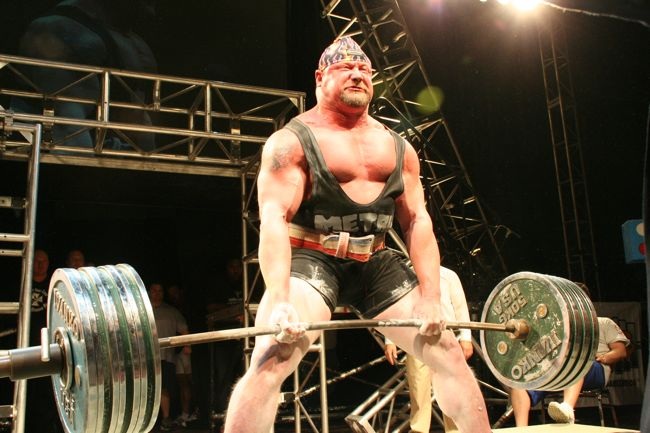
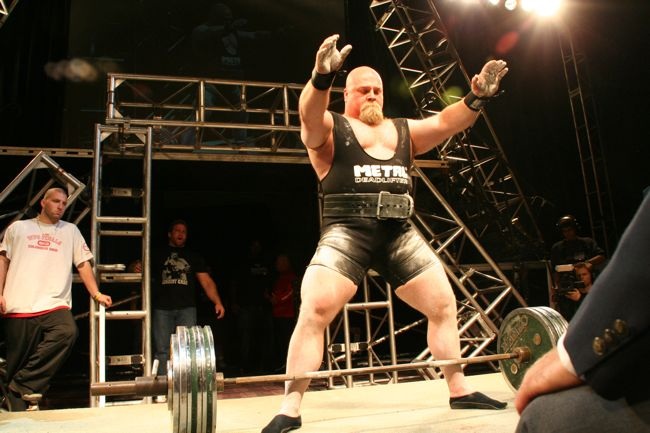
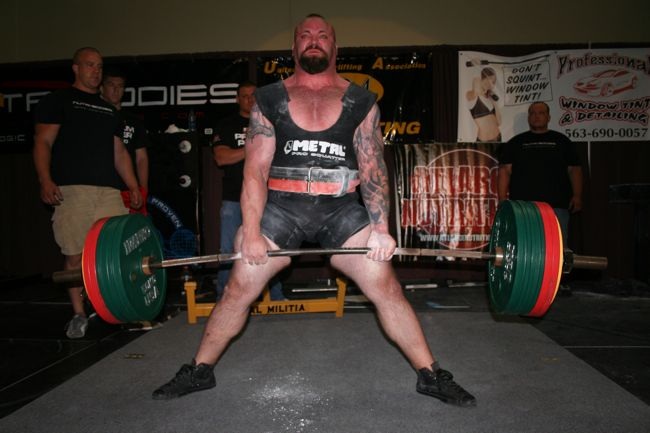
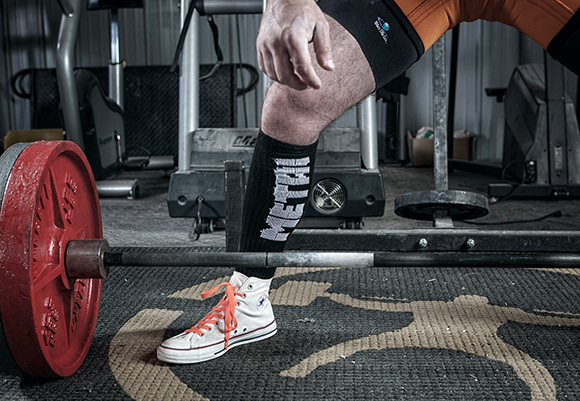
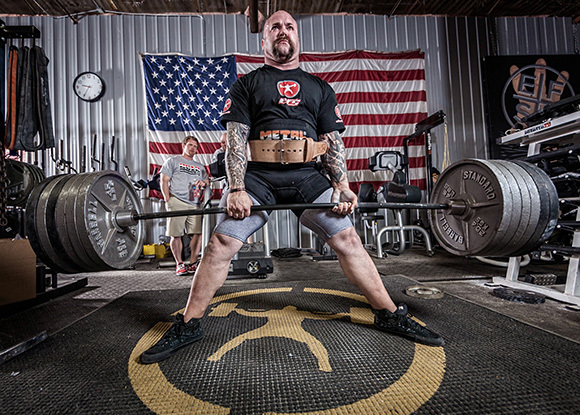
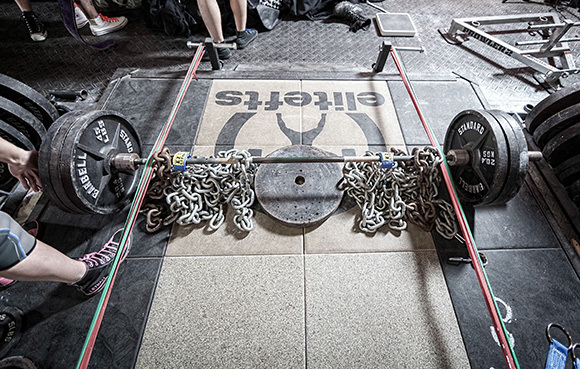
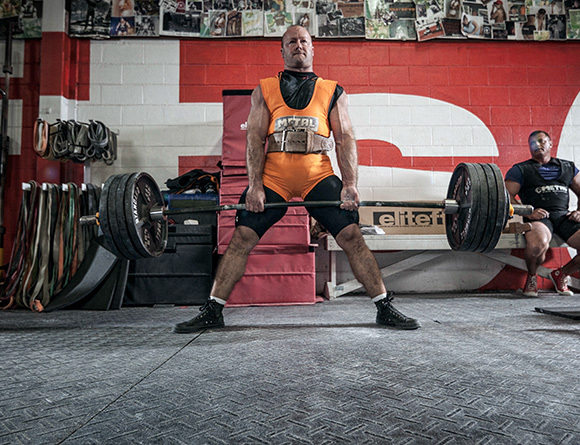
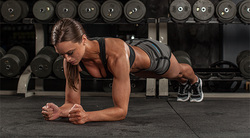
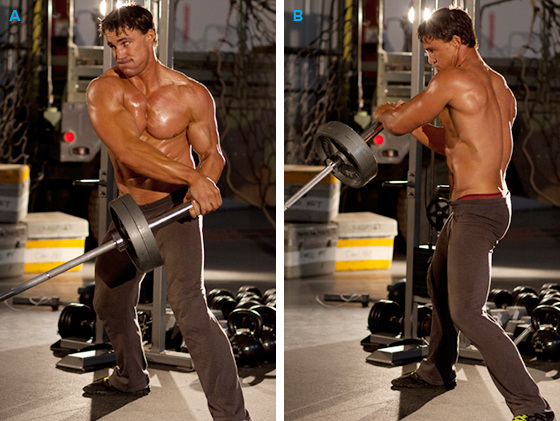
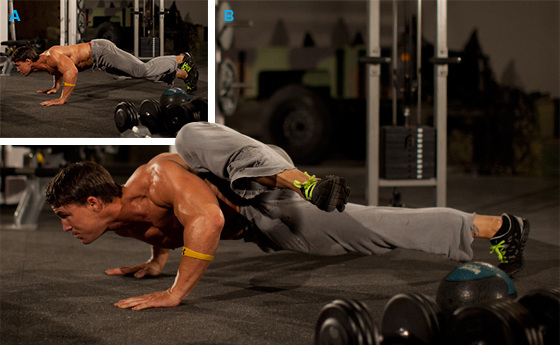
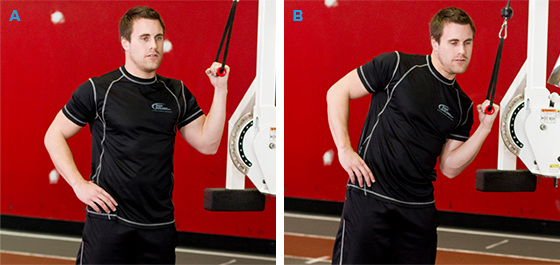
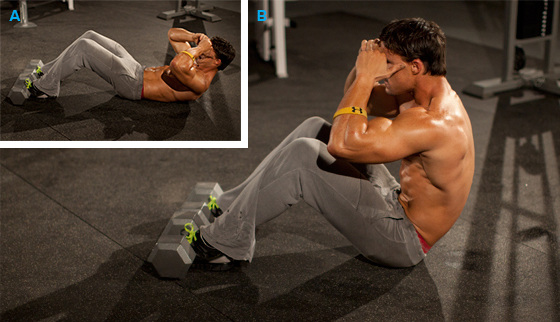
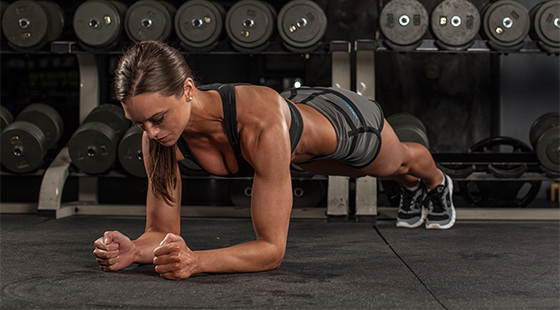
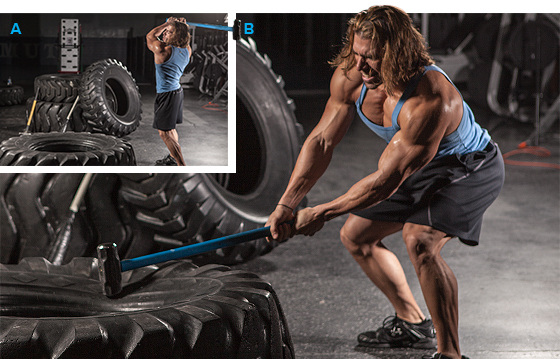
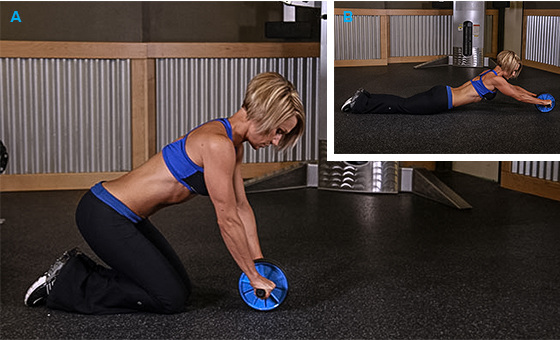
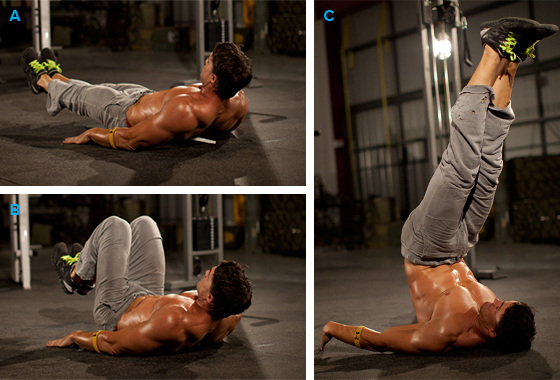
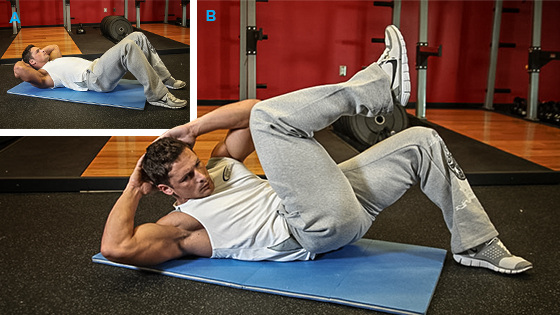
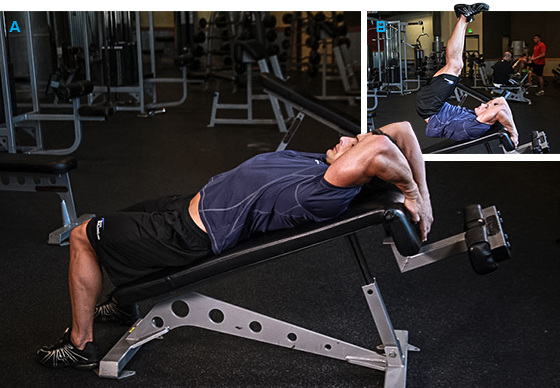




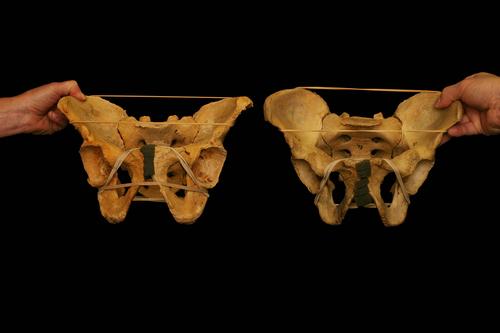

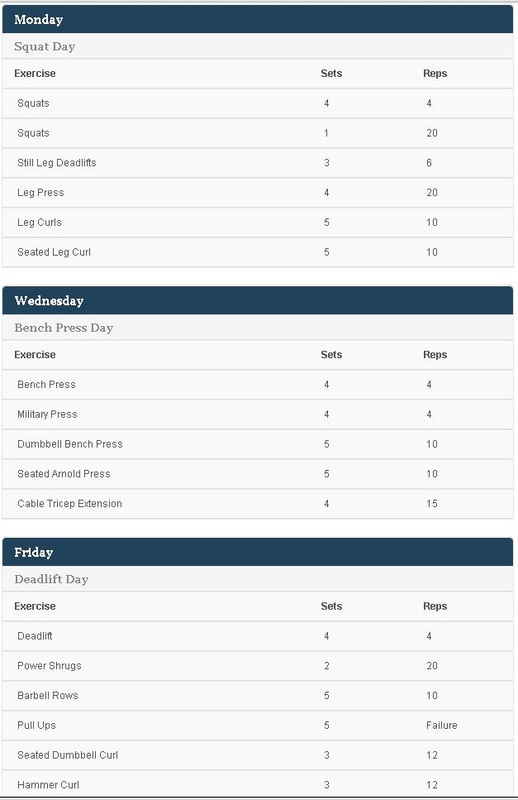

 RSS Feed
RSS Feed

